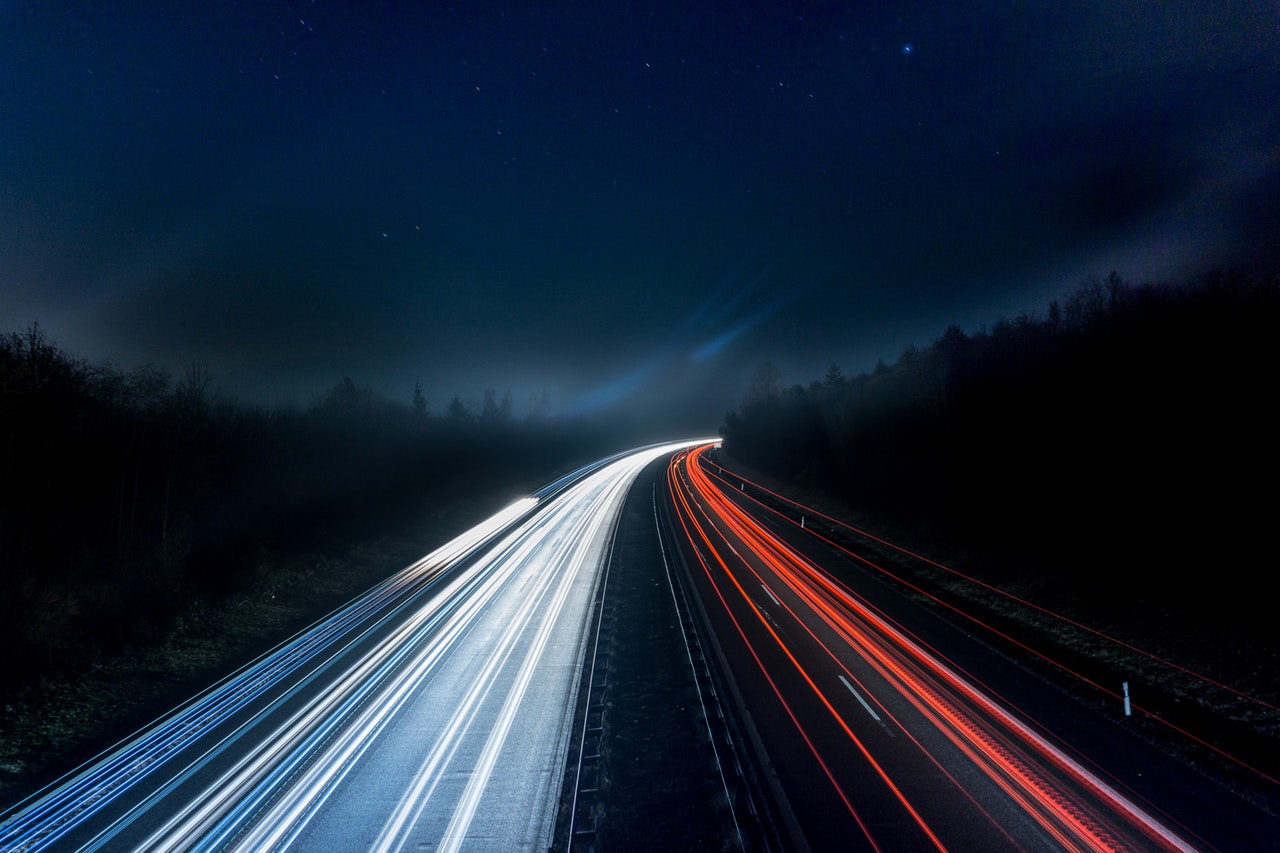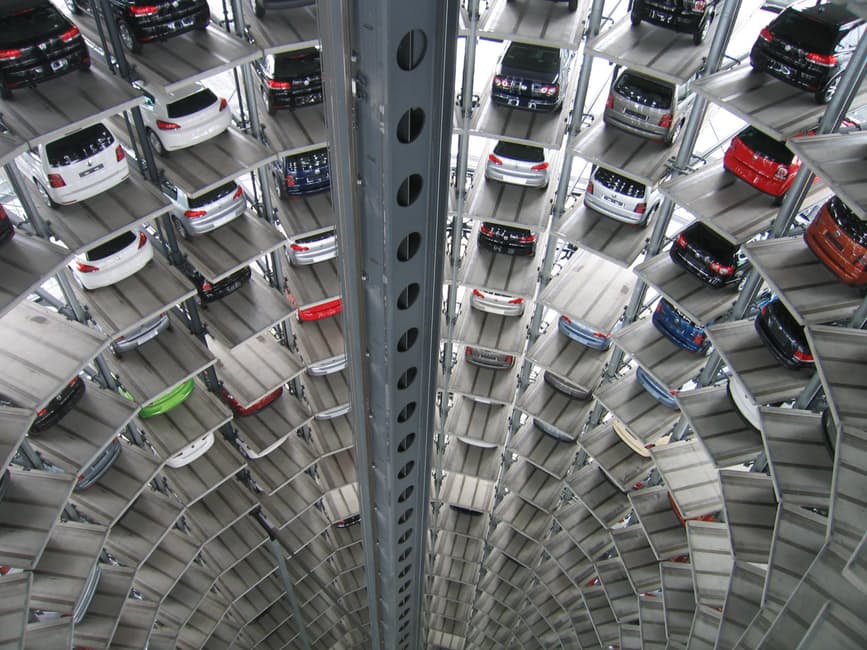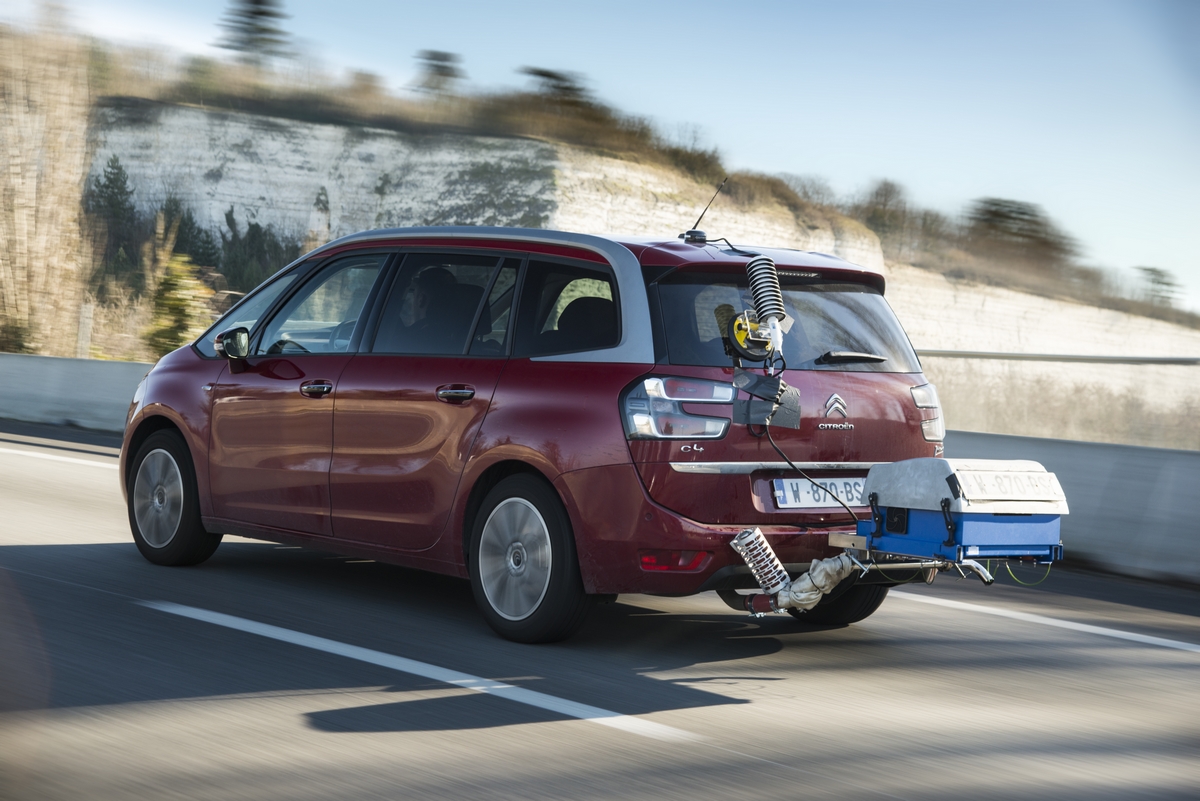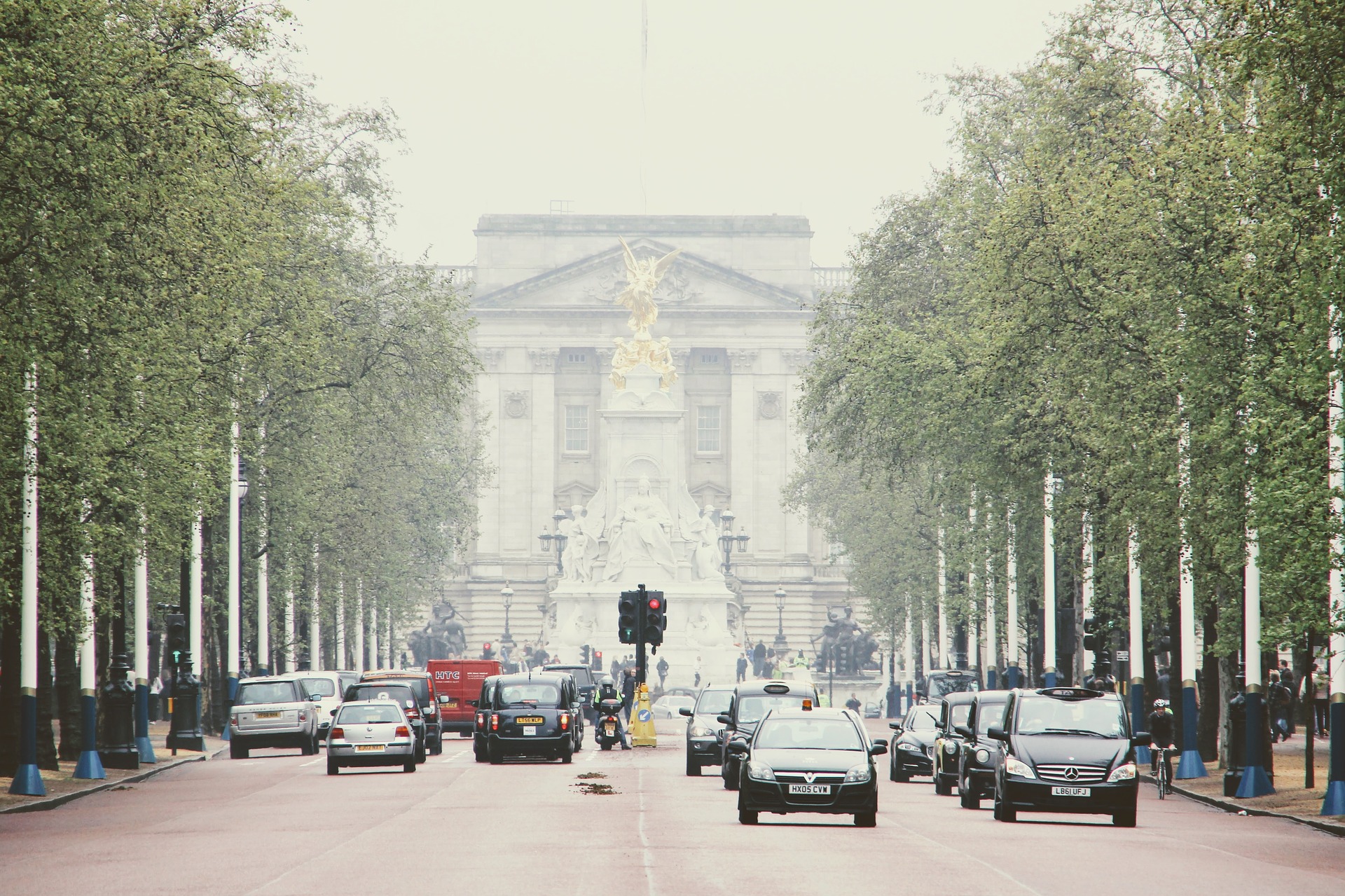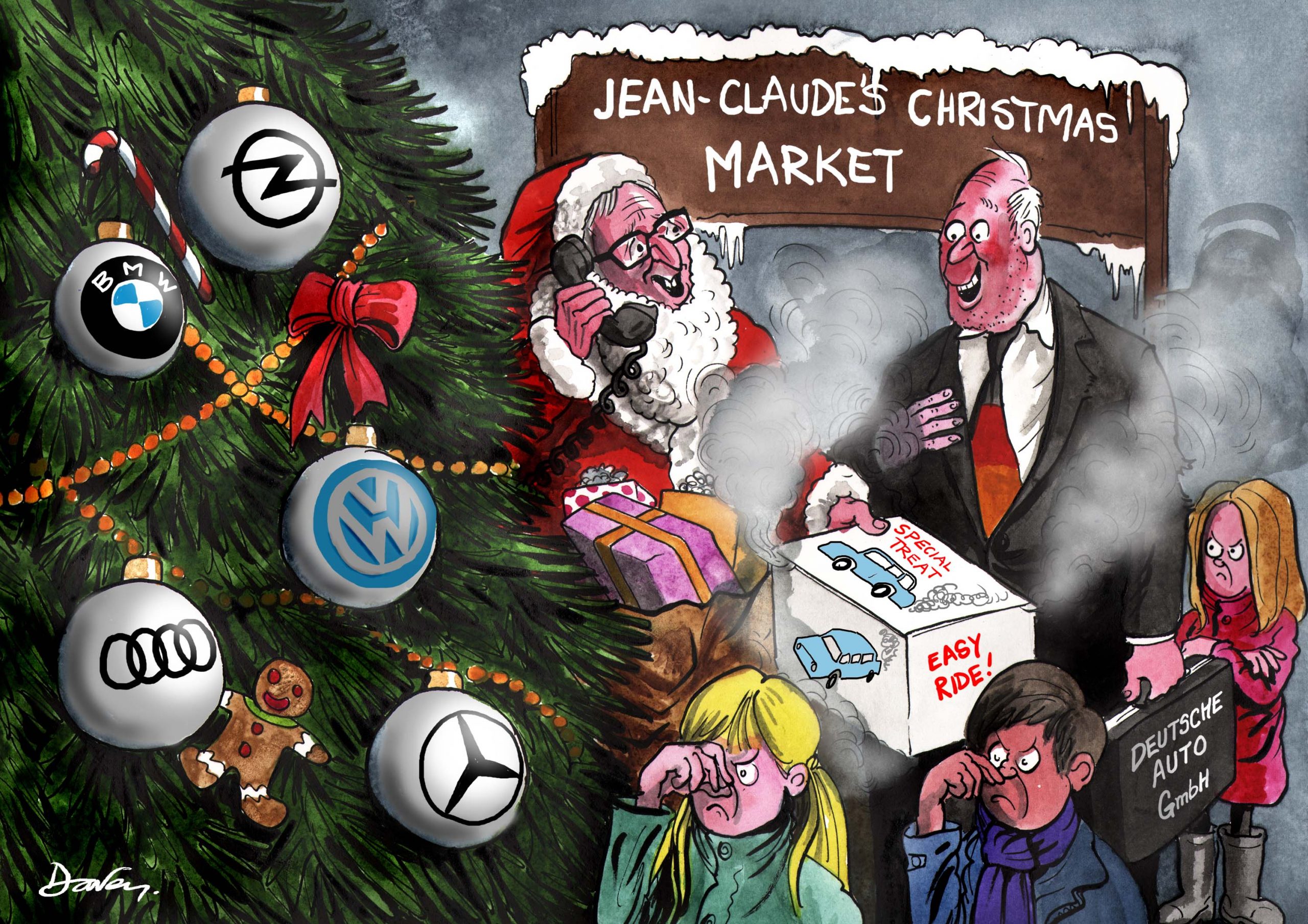Documents reveal: Commission scientists find car industry cheating emissions again
European Commission scientists have uncovered evidence of carmakers manipulating the results of a new test for CO2 emissions, documents obtained by Transport & Environment show. Less than three years after the Dieselgate NOx emissions scandal, the car industry is now inflating its CO2/fuel economy results, which could reduce the stringency of its 2025 CO2 targets by more than half. [1] In this way they will be able to sell fewer electric cars and more diesel vehicles while still hitting their targets.

